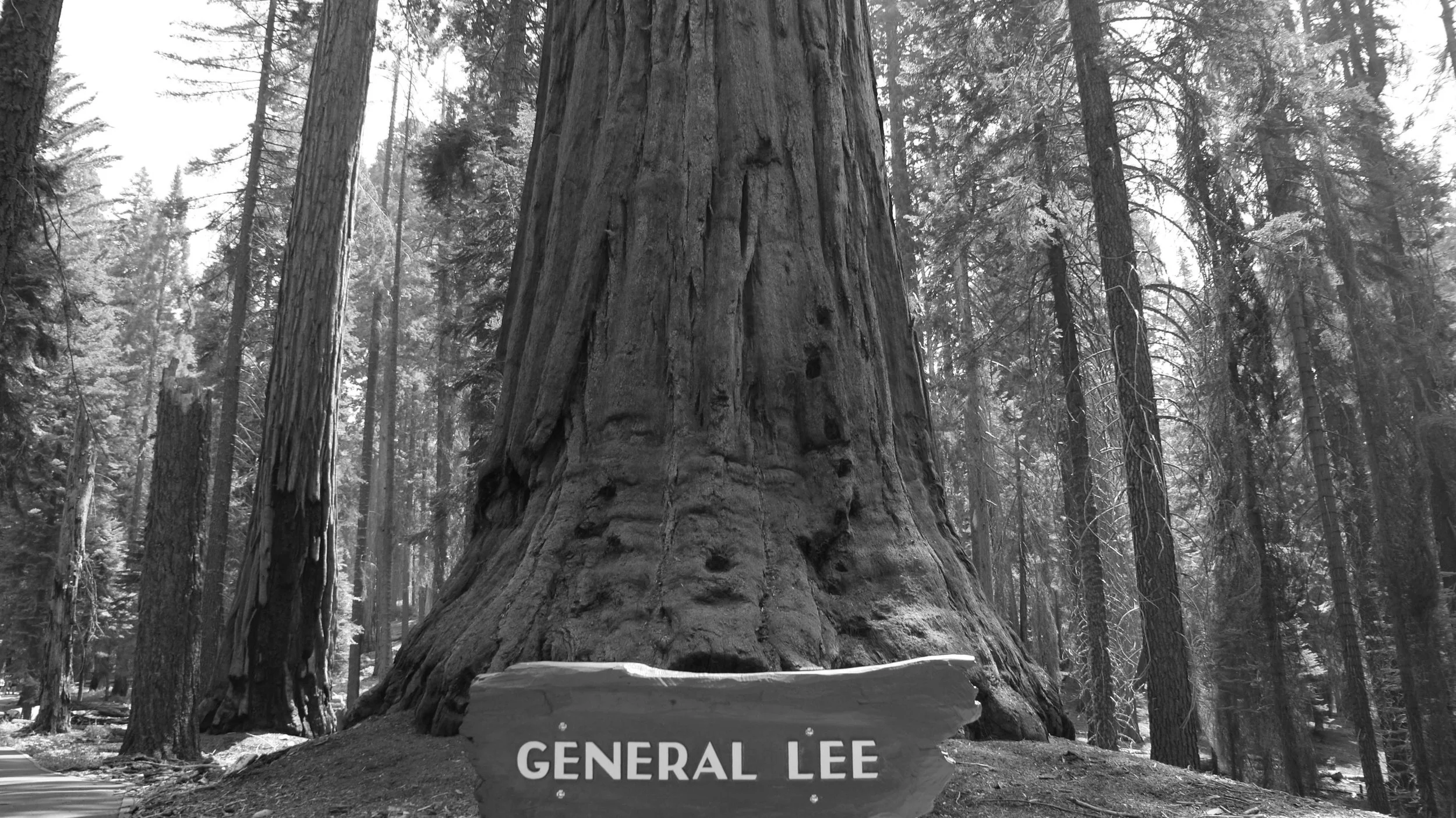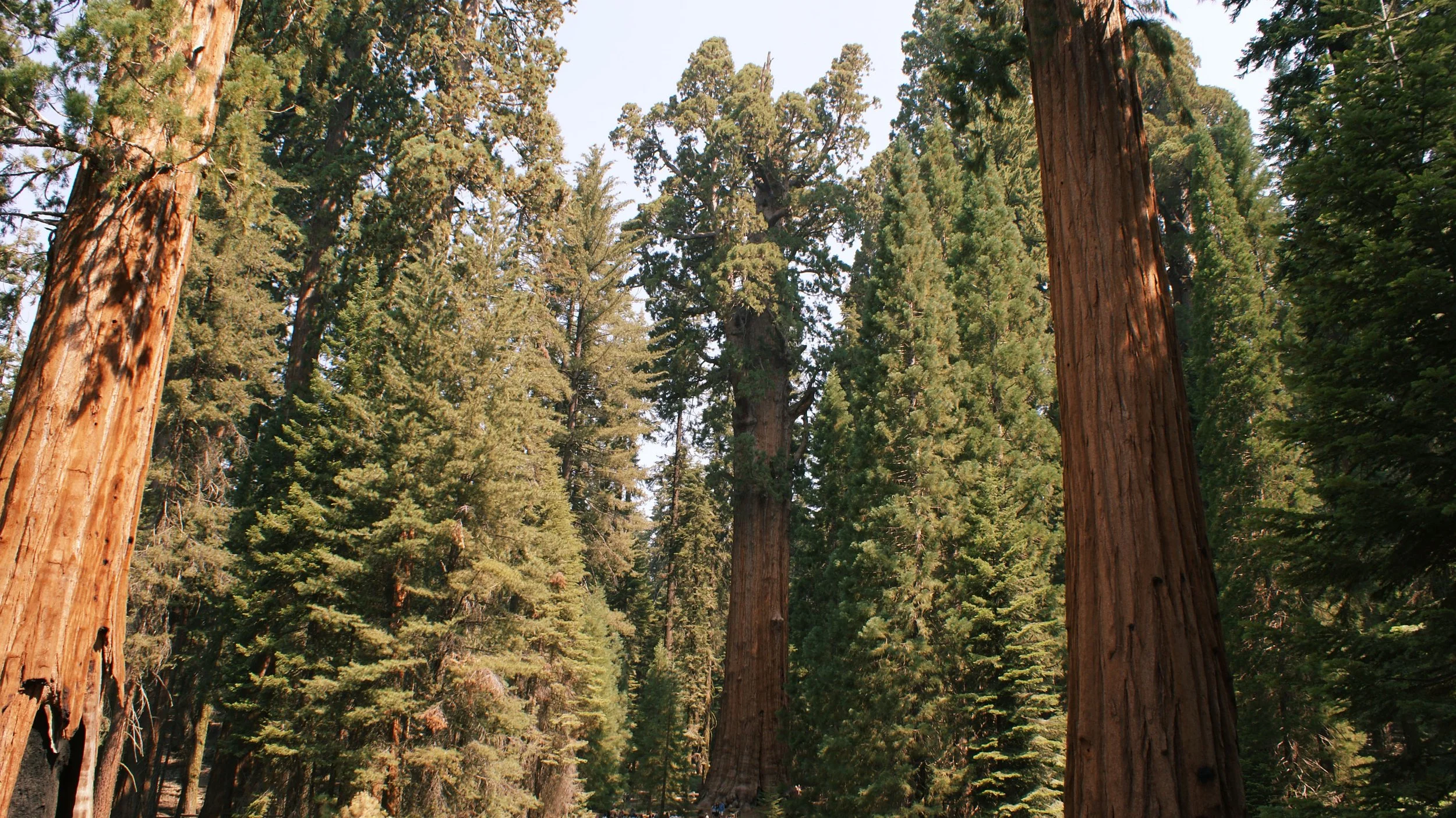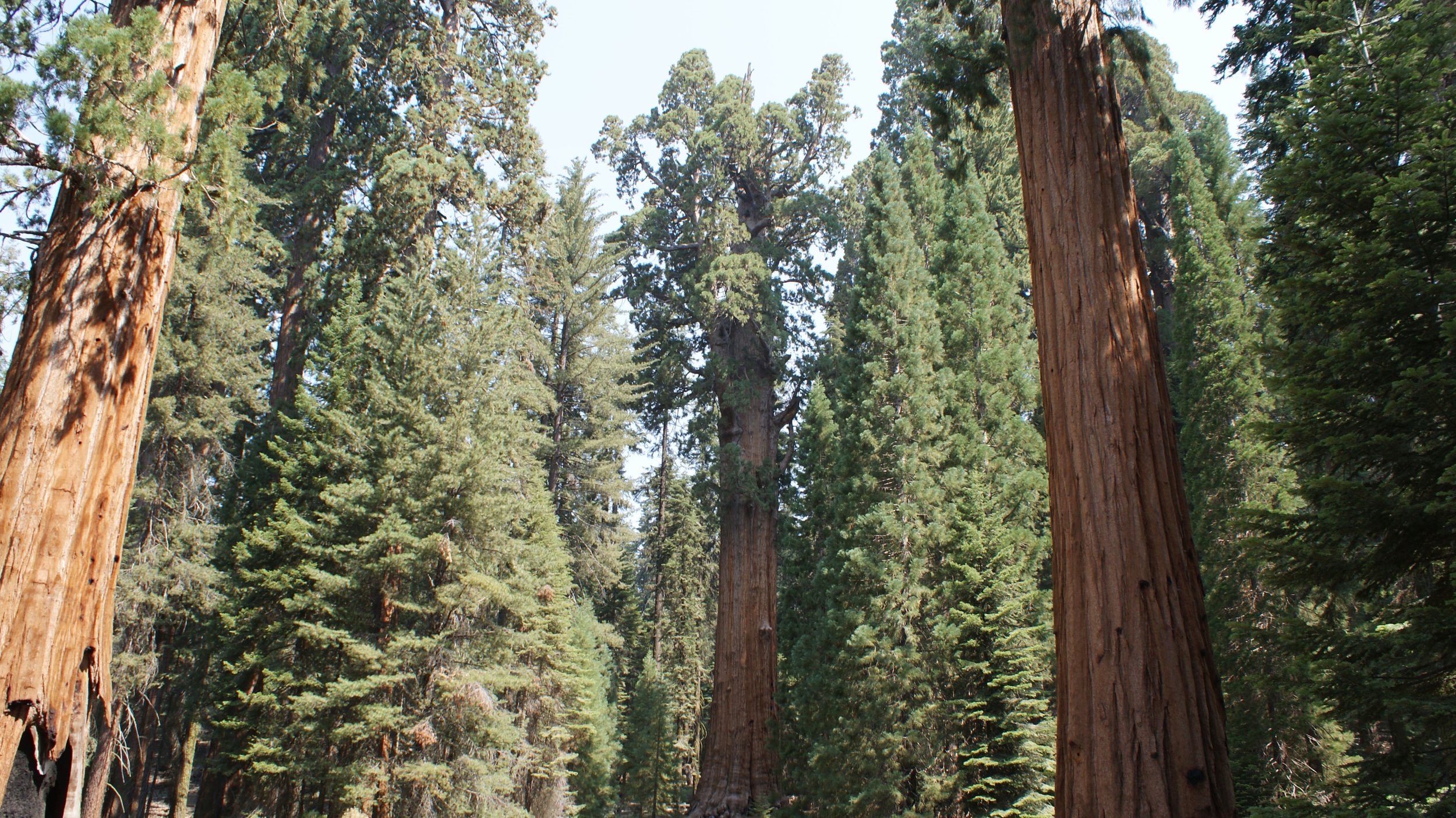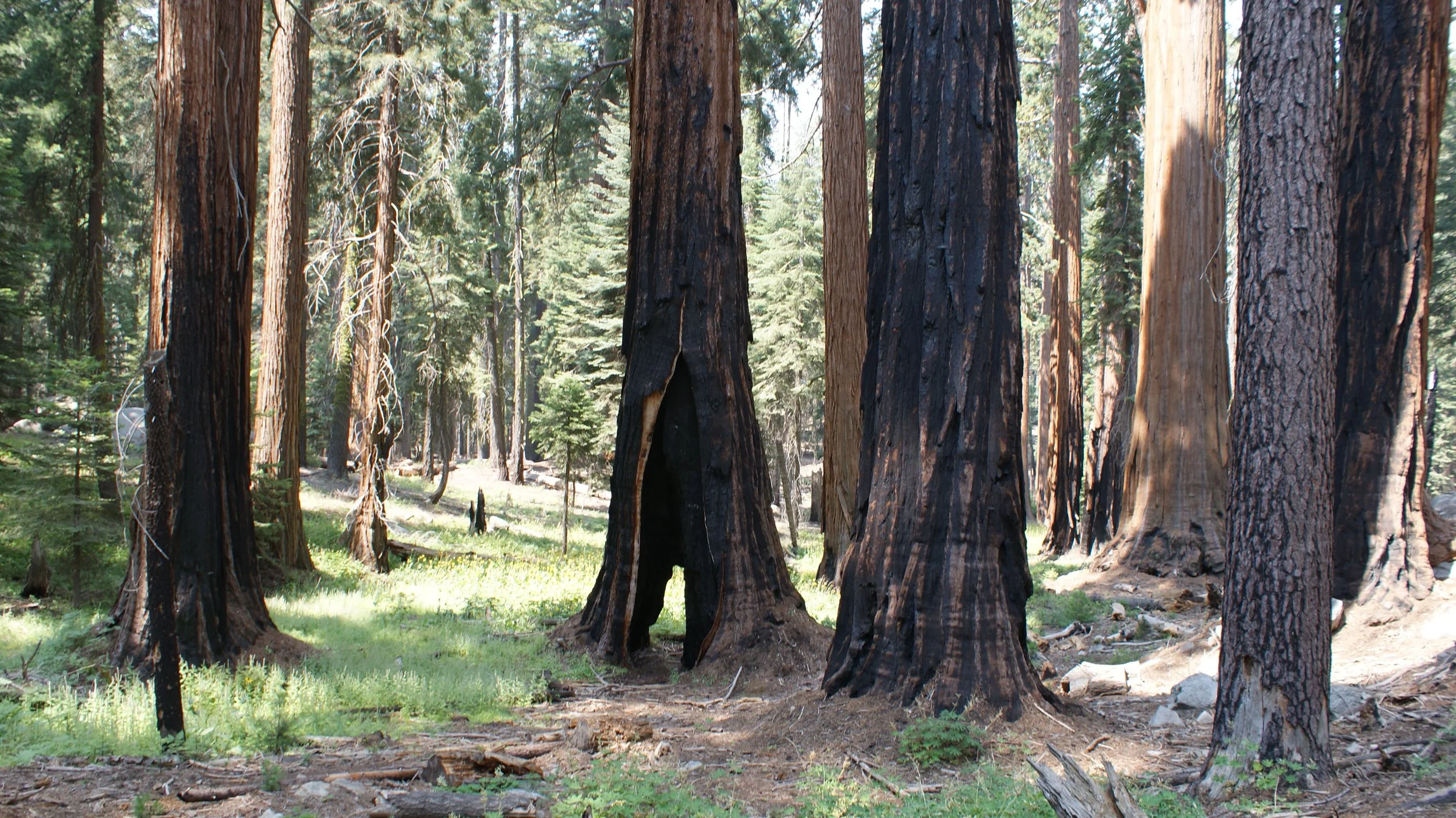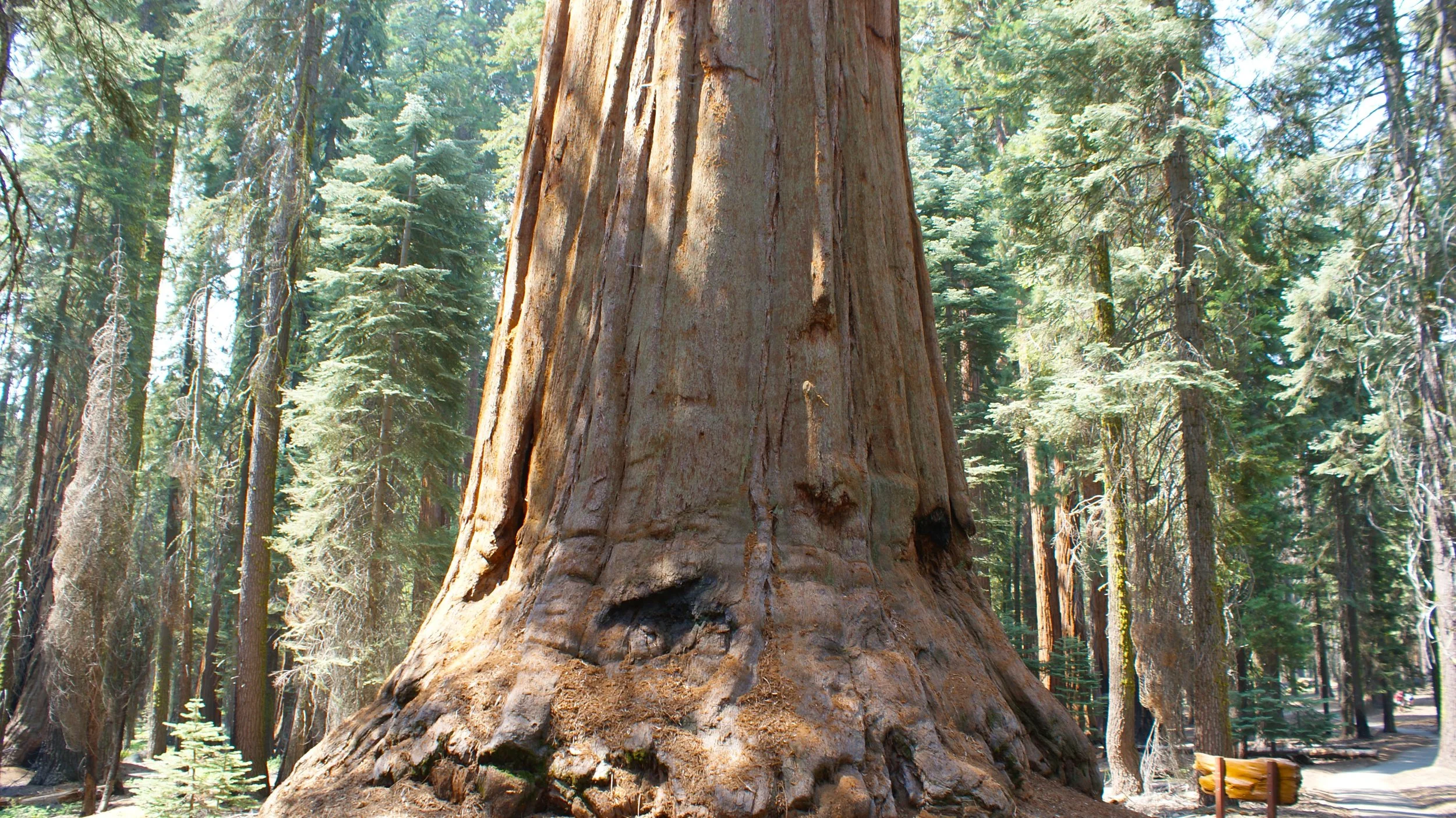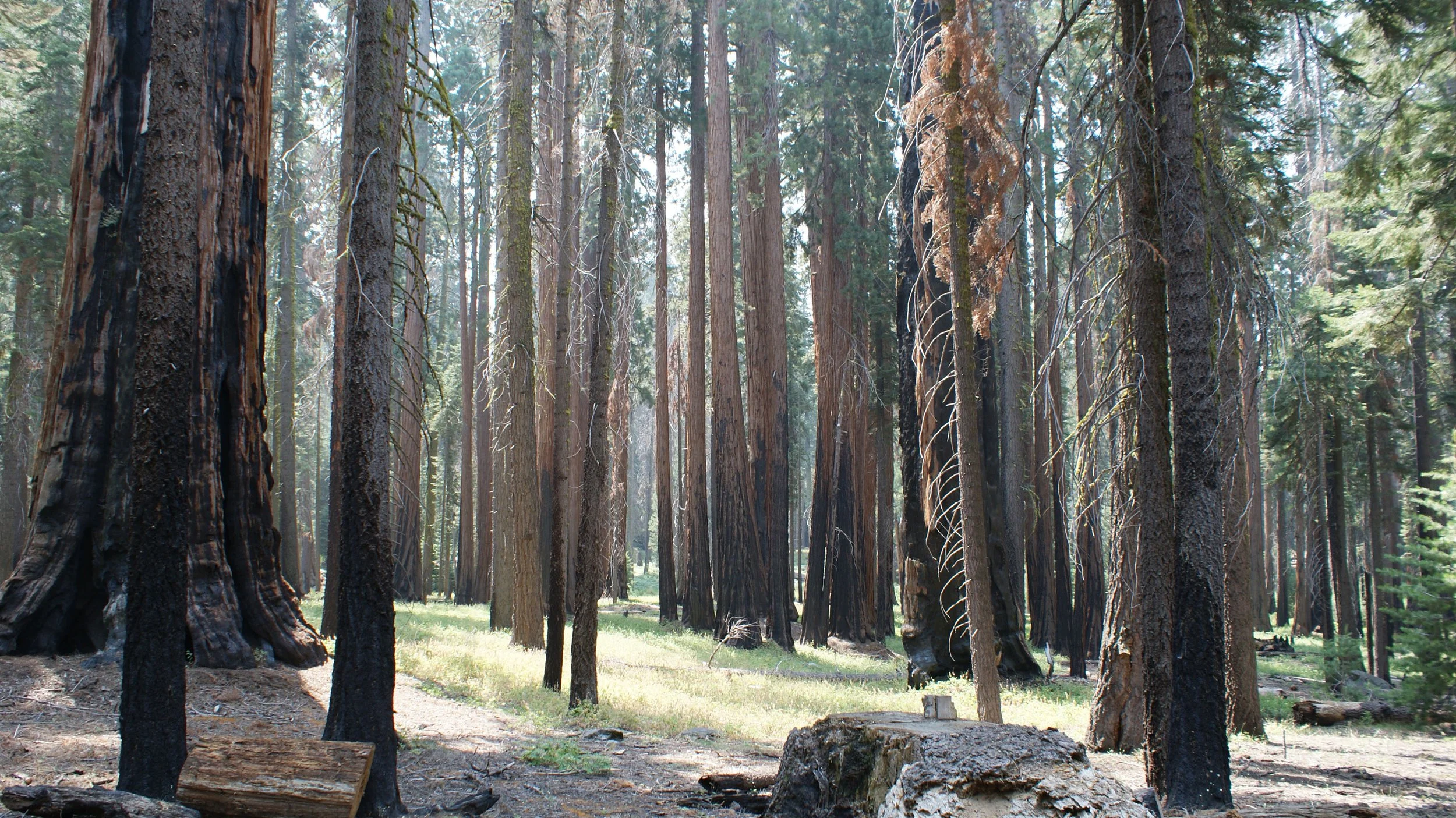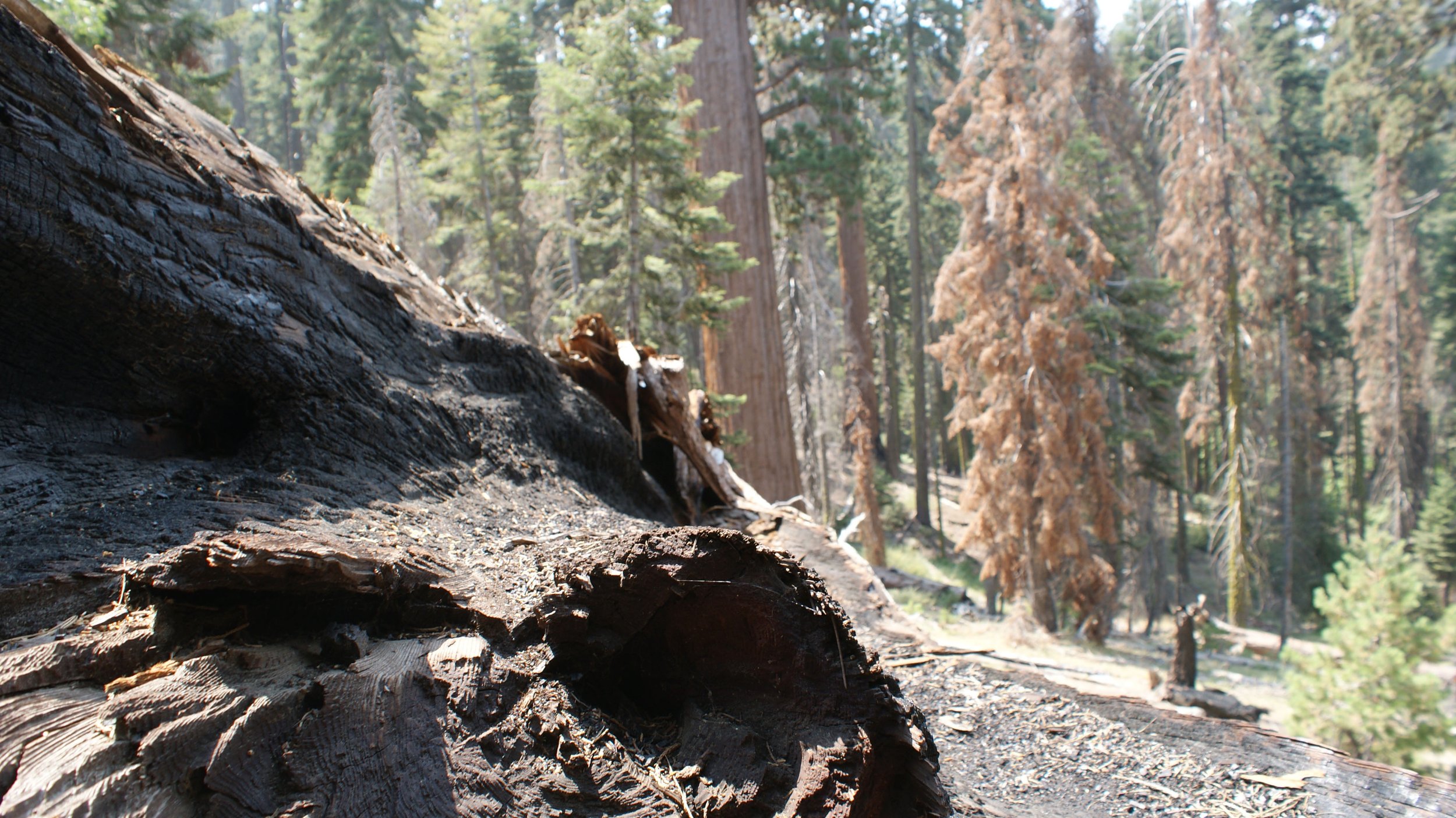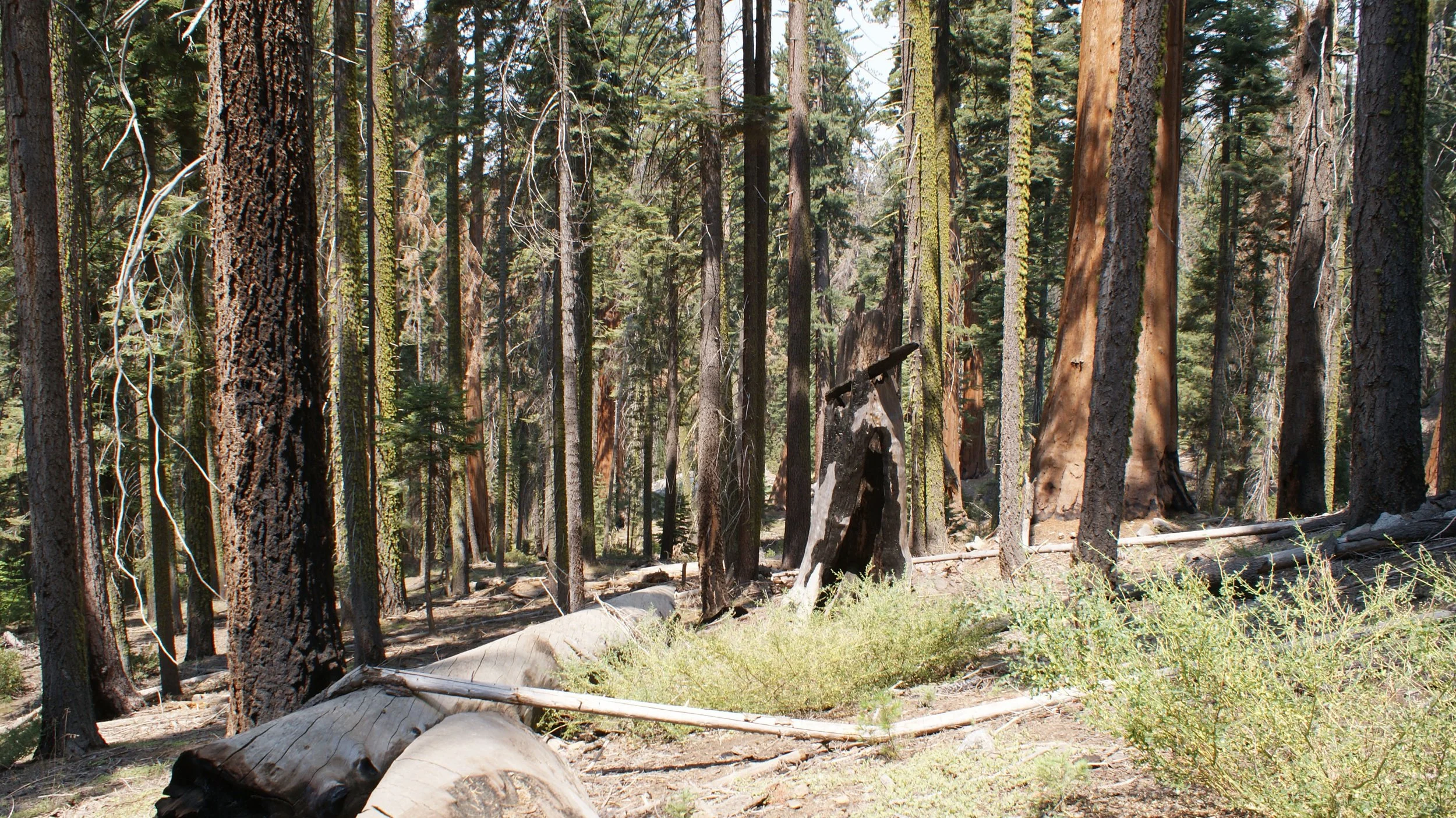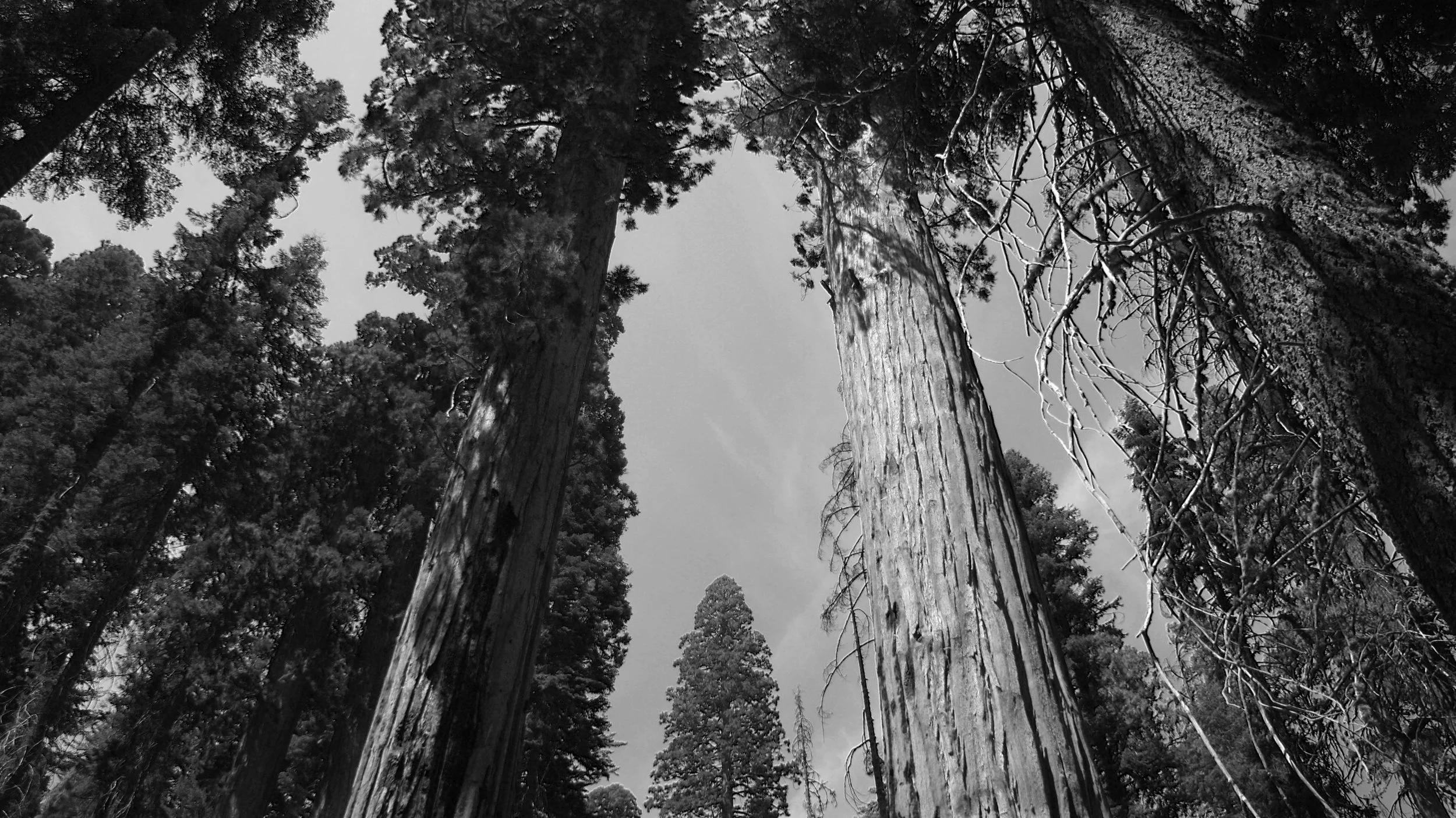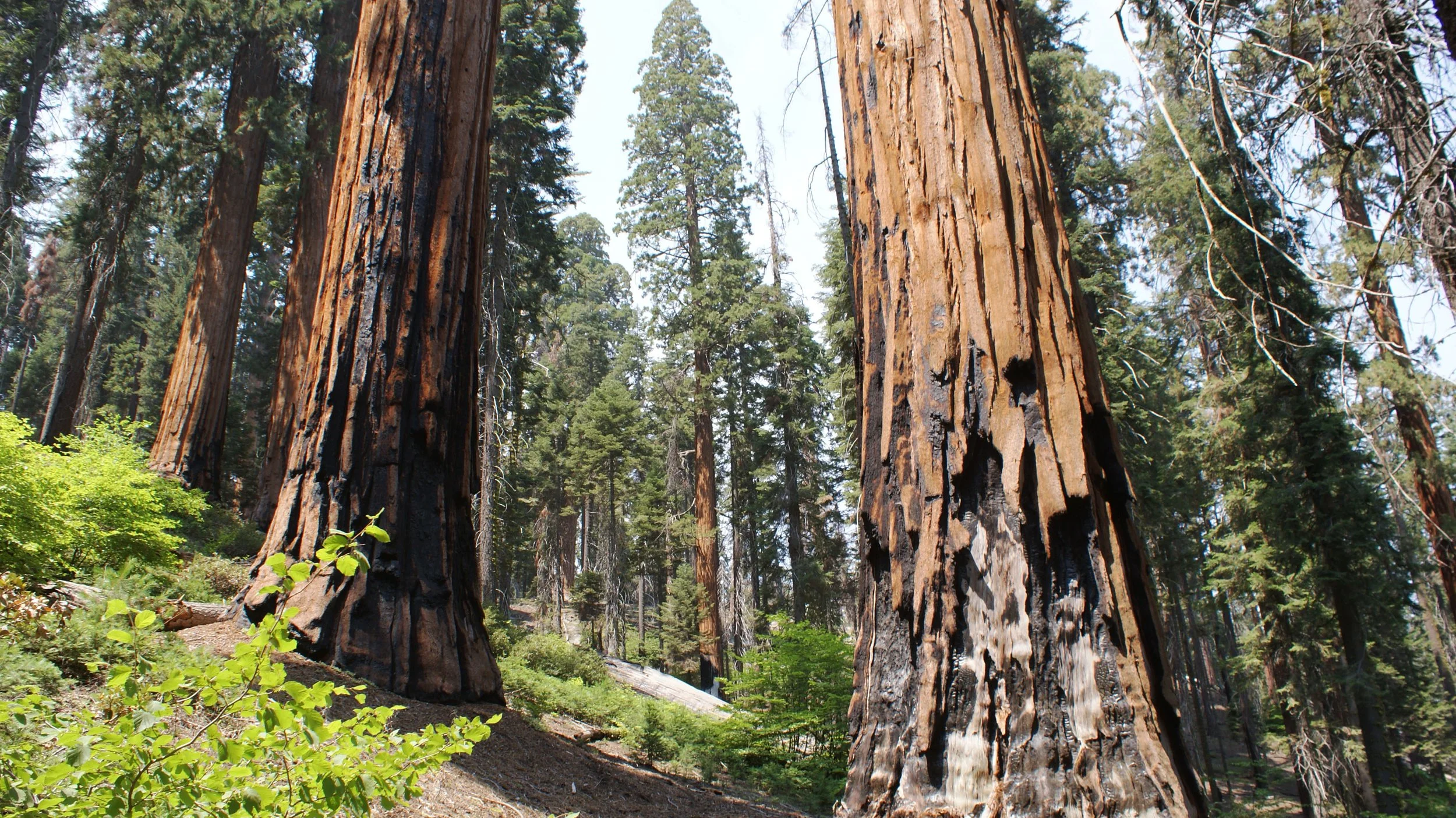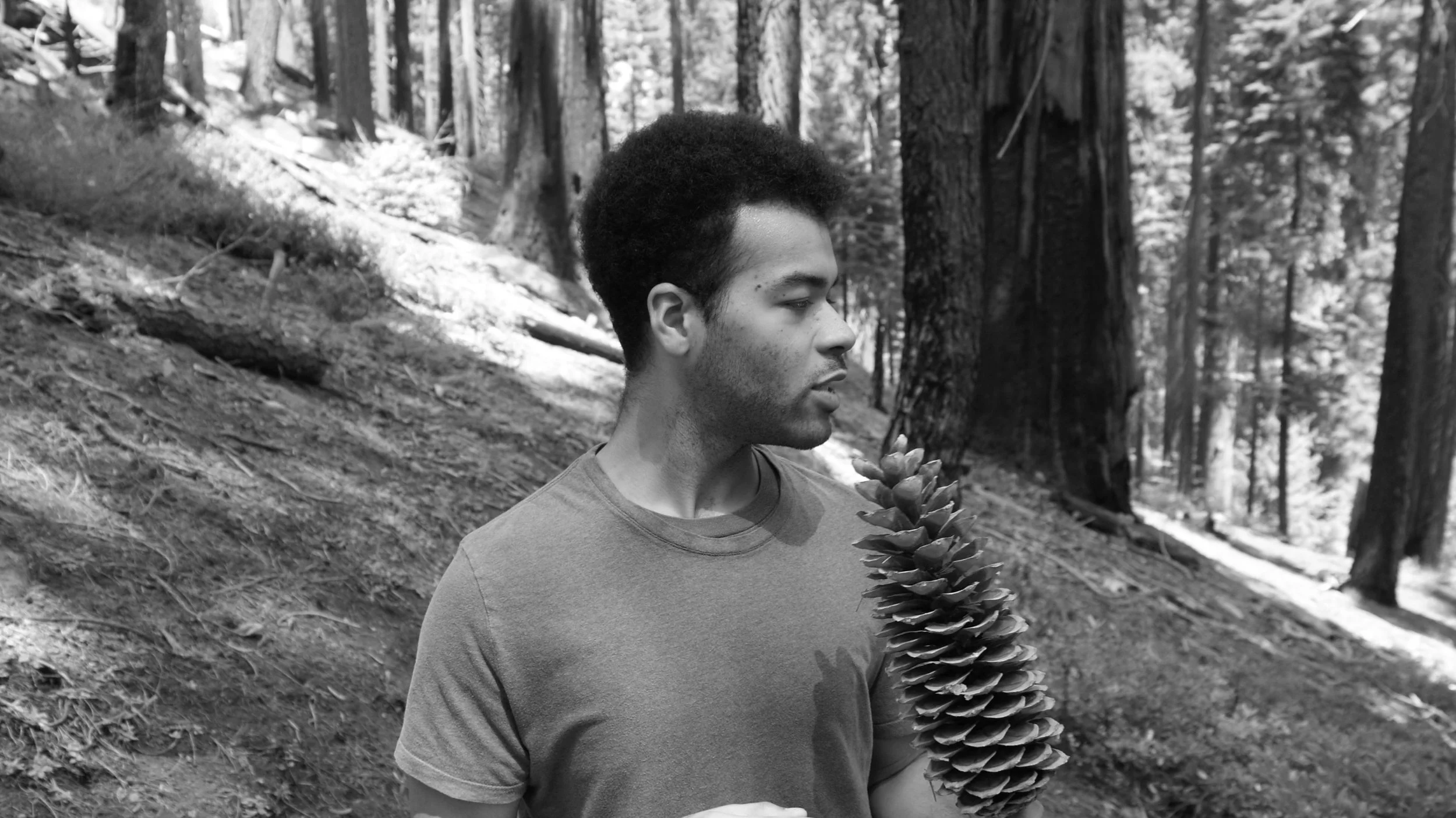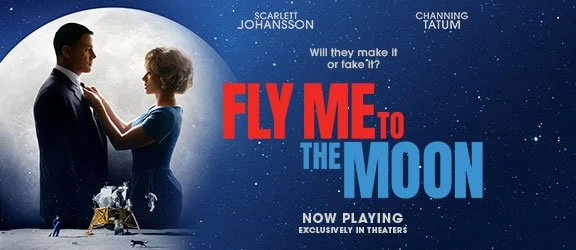Recommendation: 4/5 Stars, SHOWTIME
Plot: “After a family tragedy, three generations of the Deetz family return home to Winter River. Still haunted by Beetlejuice, Lydia's life is turned upside down when her teenage daughter, Astrid, accidentally opens the portal to the Afterlife.” -IMDB
Review: I know what the world expects of me. I am supposed to begin this review by railing against Hollywood’s lack of creativity, endless hunger for sequels, and ceaseless catering to audiences who expect a known entity. Normally, you would be right. Before the theater lights dimmed and Beetlejuice Beetlejuice began, that is what I expected of myself.
For the first 30 minutes of this film, it seemed as if all our expectations would be met. Everyone would be happy. In those first 30 minutes, all films must present their thesis or reason for being. Sequels must do even more. They must prove their reason for existing.
Far removed from the quaint Winter River of the first film, it takes some effort to pull the Deetz family and Beetlejuice back together in a way that builds upon the original film. But once everyone returns home to a familiar setting after a family tragedy, this film settles into a story that feels both nostalgic and brand-new.
This success can be attributed to Tim Burton. As a director, Tim Burton is an auteur. Much like Wes Anderson, you know a Tim Burton movie from its style and aesthetics alone. But Burton doesn’t do all the heavy lifting alone here. Catherine O’Hara as Delia Deetz steals almost every scene she is in with the same wit and humor that made her the center of Schitt’s Creek. Michael Keaton effortlessly slides back into the role of Beetlejuice, as does Winona Ryder as Lydia Deetz. The newcomers to this story, Jenna Ortego as Astrid Deetz and Justin Theroux as Rory, breathe new life into a story that could have felt stale and forced.
Taken together as a team with a wonderful supporting cast, Burton delivers a wildly creative and unique world centered on a family surrounded by death at every turn. As the story evolves beyond a simple return to Winter River, Beetlejuice’s need to escape his ex-wife coincides hilariously with a daughter who has also been burdened with the gift of seeing ghosts. Tricked by a handsome boy, Astrid stumbles through a portal into the afterlife. Potentially trapped, Lydia is forced to summon Beetlejuice. Of course, the two crossing paths are unsurprising, but so welcomed.
Beyond the inventive story, I also believe Burton’s mixing of practical and visual effects should be commended here. From sets to action pieces to the look and feel of each character, this film superbly nods to the original film while expanding beyond our imagination. Finally, this story also possesses a lot of heart, as a subplot centered on Astrid and her deceased father reveals itself.
Then, there is the climax of this film. Personally, I found the wedding sequence to be wonderfully creative, hilarious, and a smart setting where all the various story lines could come together. For some, the scene may linger too long, but for me it worked perfectly.
If we must resurrect franchises from my childhood, this film gave me everything I wanted and more. It feels both nostalgic and like a natural step forward for these adored characters. It made me want to stay in their world forever.
Be good to each other,
Nathan
Musical Thesis: The War on Drugs “Wagonwheel Blues”
At the center of every album is a musical thesis. This thesis can be the driving force behind the album, a theme that interweaves songs together, or a feeling you are left with after the last song plays. With some albums, the thesis is easy to find. On others, it is hidden and requires you to be more than a passive listener. These reviews are not about rating an album. Instead, it is about uncovering a musical thesis.
And so now, now that you realized
That planets are spheres with oil on the inside
And your God is only a catapult
Waiting for the right time to let you go
Into the unknown, just to watch you hold your breath
Yeah and surrender your fortress
It was the summer of 2014. I was listening to my Discovery Weekly playlist on Spotify. “Under the Pressure” from Lost in the Dream by The War on Drugs came exploding out my speakers with a rush of sound that made me pay attention. When the song ended, I was hooked like a drug addict. I needed to hear more. I had to uncover everything I could about this rock band from Philadelphia, Pennsylvania. And, just like every other band I deeply love, I had to dig through their discography.
This odyssey eventually delivered me to their early work, and the album, Wagonwheel Blues. This first time I dropped the needle on this record, I was unsure what to expect. Would I discover a sound resembling Lost in the Dream and A Deeper Understanding (both albums I consider nearly perfect) or would I point to a moment in time where their sound began to evolve?
If The War on Drugs is defined by sweeping guitar solos and lyrics in the same vein as Bruce Springsteen and Bob Dylan, then it is this album where you see the seeds planted of that defining sound. This album isn’t as radio or theater friendly as their later work, but it does possess an unpolished playfulness evoking a more sonically inclined Dylan. The only difference is that what made crowds boo Dylan for changes to his sound works beautifully here.
Overall, the guitar work is cleaner here compared to Slave Ambient. It feels like a band tinkering and trying to uncover a unique sound they can call their own. This sense of experimentation may be the thesis behind the album. So many bands get stuck in endless comparisons to other groups they can never escape. They either double down and ride the wave, or they evolve, return to the lab, and experiment. When The War on Drugs emerged from these sessions, a more ambient approach would define their next album. But when you combine Wagonwheel Blues and Slave Ambient, Under the Pressure makes a lot more sense.
While I am a bigger fan of their later work, I find a deep appreciation for what I hear here. It may not instantly hook me, but it does make me turn up the volume. Most days, that is enough.
Be good to each other,
Nathan
Captured: Sequoia National Park
Have you ever walked among giants? Have you ever thought, “No picture will ever do this place justice?” Did you try to capture what was before you anyways? Then you know Sequoia National Park and the challenges surrounding attempting to capture one of America’s most famous parks.
Be good to each other,
Nathan
Image provided by @yaopey.
Things Stolen from Us, Part II
In our Southern Baptist tradition, we diligently rose from the wooden pews and silently ventured to the front of the funeral home. Around the casket, the Garden of Eden was on full display, with a florist’s bounty of flowers in every direction. In an unassuming casket, I could see the silhouette of my great aunt. Like Hitchcock in profile, I found myself dreading and anxious about the coming moment as I drew closer. Standing on my toes, peering into the box, I laid my eyes on the first dead person I ever saw. The prospect of my own death filled my mind. In that moment, a lifelong fear was born.
Standing near the unforgiving edge of an abyss, that once crossed, will be impossible to find again, I meet the closed eyes of a woman I only knew for a short time. Our relationship hadn’t existed longer than the time it takes to age a cheap bottle of Scotch, but those surrounding me are wiping away tears and longing for better days. Even at a young age, I knew this moment was important. It continues to stay with me. I will never forget the day my innocence was stolen from me.
As we walked away from the casket, I was forever changed. While I wouldn’t necessarily consider the moment traumatic, I remember it emotionally destroying people I love and those who love me. They were being changed in real time. In their wake, so was I.
Standing in the present day reflecting on this moment, I am deeply considering the experience when my innocence was stolen from me. I also think about you and your experiences. I am sure many of us can share a similar story. Almost all of us can pinpoint a moment when everything changed. In conversation with others, this loss of innocence almost always centers around death.
After we said goodbye to my great aunt, I recall having the most vivid nightmares. I combined this experience with all I heard from the pulpit in church. Burning in the fiery pits of hell due to my sinful ways, I remember feeling a separation from the astounding joy of life. This brush with death would send me searching for the cross as insurance in hopes of escaping eternal torment. I longed to know eternal life and a return to some semblance of innocence.
With time and a spiritual journey far removed from the pressures of my upbringing, I have drawn vastly different conclusions about heaven and hell. I have settled on a simple, yet profound truth that makes sense for me. In this life, I will never know if these places exist, but I understand the finite nature of life. I know we die. What happens from there, I will theologians and biblical scholars debate. I also know that once we experience the death of someone we love, life changes drastically.
The veil is lifted, and we are asked to dance with the faults of mankind. We are exposed to our collective wickedness, shortcomings, and selfishness. We see the ways in which we fail each other, and the needless harm we cause each other. The harm may not always be malicious, but the scar remains.
Standing on this open plain, wrestling with the newfound knowledge that all life ends, we come to understand that life is more complicated and complex than our childlike innocence would have us believe. As tough as these lessons might be, they are so necessary. They are meant to protect us. They are a shield, providing a simple choice. We can choose to be better and craft a new path, or we can be consumed by the failures of man.
I choose not to be blinded by the innocence of man, but I also choose not to be consumed by the folly of man. I know there are heroes among us, and the choice to follow in their footsteps is mine. I am not longing for days of innocence, as if death was some toy that can be put away and forgotten. I am thankful for the experience where pain revealed itself. I see that pain. I thank it for revealing itself, and I find myself searching for a different path.
Be good to each other,
Nathan
Balancing the budget and reducing the debt. "a series of essays"
Image provided by @infinitexplorer.
I think the US government should look seriously into the possibility of creating a sovereign wealth fund in the US as a pragmatic approach for paying down the federal debt and achieving long-term financial stability. In this essay we will explore ways to get the initial funding, what the legislation would look like, and practical examples of how the fund would operate.
The creation of a sovereign wealth fund in the US is a great opportunity to get beyond political parties and unite as a country for future generations.
Congress needs to think seriously about passing spending cuts and initiating robust audits of the federal budget to find areas where we can free up some capital to reinvest in the fund ex. ( decentralize to the state and local level: infrastructure projects, department of education, etc ). Decentralization of federal programs will push control down the governmental hierarchy to state and local governments. Decentralization will allow for local communities to better address the issues at hand and will help to increase efficiency in overall government activity. Finding ways to decentralize some of these standard federal programs will free up capital to help fund the sovereign wealth fund.
This series of government changes should be packaged together in one piece of legislation so everything can be implemented quickly. The bill should also include a series of “sin taxes” specifically earmarked to fund the sovereign wealth fund.
The first of these sin taxes would be on alcohol and tobacco. Congress should pass an across the board flat tax on all alcohol and tobacco sales nationally. All revenue created by this tax would go straight into the sovereign wealth fund. Here are some practical numbers to get an idea of what could be generated by this type of tax: We set a preliminary goal of 20 billion dollars annually. Alcohol sales are about 250 billion dollars annually and tobacco sales are about 80 billion annually, that is about 330 billion dollars total. This will be a flat rate sales tax outside of any already existing excise taxes on these types of products. A flat rate tax looks like: Target Rev./Total Sales = 20 billion/330 billion = 6%. A 6% flat rate national sales tax on alcohol and tobacco would generate 20 billion dollars annually. The demand for alcohol and tobacco is relatively inelastic so this type of tax should not change spending habits too much at a large scale. 100% of the revenue created by these taxes will be dedicated to the sovereign wealth fund and then invested to generate returns intended to reduce the national debt over time.
A couple PR framing ideas: work with the tobacco and alcohol companies that are generally demonized at a national level. Figure out a way to allow them to take credit for helping to save the country. Getting the executives and workers in these industries onboard for this plan would help a lot to sway public opinion. Make sure that Congress and the public at large realize this is a necessary step towards fiscal responsibility and debt reduction. The initial goal would be to reduce the current debt to GDP ratio to at least 60%. I would personally like to see it go lower than that but that seems like a reasonable and pragmatic initial goal.
The legislation will include instructions on how the fund will be formed and operated. The US sovereign wealth fund will be managed by a 13 person board. This board will have full autonomy to manage the fund as they see fit and set the investment parameters free from outside political pressure. Each member will be given a 20 year appointment. They can retire early if they desire to and they can also be impeached if there is a legitimate reason. The impeachment process would work similar to the president or supreme court, articles would have to be introduced in congress and a public hearing would be had. If the congress votes a 2/3 super-majority then that member of the board will be fired and then replaced. To decentralize the initial selection process and get people excited about this process at a state and local level the board will be appointed by state legislatures: 13 individuals appointed by 13 state legislatures, the states that appoint the individuals will be chosen at random by a lottery, 6 red states and 6 blue states with 1 wildcard. Each state legislature will be given a mandate to determine it’s own unique selection process and then they will come together to vote and appoint their own individual board member. Every time a member of the board retires or is impeached a new state will be chosen by the same lottery ( excluding the states that are already represented on the board ). The board will operate independently and determine all of their own investment strategies, once they have determined a plan of attack they will vote to approve the investment strategies. As the fund gets going they will be free to reanalyze their strategies and submit for changes to the investment strategy but any official changes to the official strategy of the fund will have to be voted on by the board the same way the initial strategy was.
The second major sin tax that will be used to fund the sovereign wealth fund will be a tax on the derivatives market. It is widely accepted that the derivatives market is a haven for speculation and corporate greed, the derivatives market is also huge and could potentially be a untapped treasure trove of potential. Let’s look at some practical numbers: say we want to generate 50 billion dollars annually assuming a conservative estimate of 10 trillion dollars for the entire derivatives market with the tax being imposed as a flat tax on all profit or notional value. Flat rate = target revenue/market value = 50 billion/10 trillion = 0.5%. Yes you read that correctly, with just a 0.5% flat tax on derivatives transactions we could generate 50 billion dollars annually in revenue. All the revenue created by this tax would be earmarked for the sovereign wealth fund for long-term debt reduction. This tax could also indirectly slightly reduce unnecessary speculative trading and lower overall market volatility. There will probably be some financial sector resistance as well but we would use the same strategy we did with alcohol and tobacco and make them seem like heroes that are saving the future generations.
Back to the possibility of audits for securing more initial seed money. The audits would need to be public so that everyone knows where the money is coming from and what it was already being used for. A few more possible sources of fund reallocation: overseas military presence, farm subsidies, oil and gas subsidies ( potentially all federal subsidies ), NASA ( continue to privatize ), EPA ( decentralize to the state and local level ).
One last idea for generating the initial seed money: use a crowdfunding strategy. This would foster public engagement in the effort to reduce the national debt. The federal government would create a secure online platform ( potentially with private sector assistance ) using existing crowdfunding sites as a model, making sure that everything was public and transparent in relation to how much had been raised. The federal government could incentivize the public to participate in this program by offering income tax credits to everyone that contributes. This will allow the public to take on an active role which should increase awareness and engagement. The tax credit system would be a progressive credit: people earning 50k a year annually or less would get 75% of the value of their donation back as a tax credit, people earning 50 - 100k per year would get 50% and people earning 100k or more would get 25%. This system would make the tax credits more impactful for lower and middle income tax payers.
In conclusion I want to talk a little bit about the Norwegian sovereign wealth fund which is my main source of inspiration for this strategy. Norway has the most successful sovereign wealth fund in the world, they use the revenue of that fund for other purposes but the overarching concept is the same. The first transfer to the Norwegian fund occurred in 1996 with the equivalent value of about 320 million USD, as of 2023 the fund had a value of about 1.3 trillion USD. The fund has achieved an average annual return of about 5.8% adjusting for inflation. The fund is highly diversified it is invested in 9200 different companies in 74 different countries. Norway allows for 3% of the funds value to be used annually with clear congressional mandates explaining what the money is intended to be used for. Our fund will be for the single purpose of paying down the federal debt. Given the size of the US economy even a fraction of the growth seen by Norway could result in substantial sums of money being generated to reduce the national debt and stabilize the budget over time. Our fund would have a targeted use mechanism: we would prioritize interest payments first. This would prevent the debt from growing due to the accumulation of interest. Once the interest payments are stabilized the remaining earnings could be used to reduce the principal debt itself. This strategy would bring down the overall debt to GDP ratio gradually. There would also need to be a reinvestment strategy (this is one of the main reasons the Norwegian fund has grown so astronomically). The reinvestment strategy will be crucial for growth overtime. Congress should set this threshold at 5% annual returns. Returns exceeding 5% would be automatically reinvested in the fund. This ensures the fund does not deplete overtime and continues to generate revenue. All returns up to 5% annually would be directly earmarked for national debt reduction. Assume the fund starts with an initial value of 500 billion. 5% of that would generate 25 billion for debt reduction. Over the course of a decade or more this approach could contribute significantly to reducing the national debt, this would establish a great balance between immediate debt repayment and long-term financial sustainability.
-Guthrie Crull
Cinephile No. 1,199 “Fly Me to the Moon”
Recommendation: 4/5 Stars, SHOWTIME
Plot: “Marketing maven Kelly Jones wreaks havoc on launch director Cole Davis's already difficult task. When the White House deems the mission too important to fail, the countdown truly begins.” -IMDB
Review: I wish time travel was possible. There are countless moments in history I would visit. Moments in my own life I want to revisit, and other moments I missed completely. A moment in American history that fascinates me and would be one of my first stops is the space race of the 1960’s. I wish I could have been there to cheer on my country as we barreled toward a new frontier in human exploration. I imagine the setbacks and triumphs would have been intoxicating and consuming for a curious kid. As a student of history, I can only read and watch the accounts of others who stood in awe when we finally landed a man on the moon.
The monumental moment of man’s first steps on a new world always possessed the potential to give birth to conspiracy theories and public doubt. Sprinkle in the Cold War and the fact that the Russians were first in space to the mix, and you get the recipe for a potentially fascinating movie.
Fly Me to the Moon attempts to take the space race and the ensuing conspiracies and morph them into one long marketing campaign that is part romantic comedy and part historic drama. Now, from the outset, I must admit my expectations for this movie weren’t high. But as you read on, I think you will see that I was pleasantly surprised.
Scarlett Johansson stars as Kelly Jones, a Manhattan marketing guru who uses every tool in her belt to land big corporate clients. But there is more to Kelly than meets the eye. She has a checkered and mysterious past ripe for exploitation if the truth ever fell into the wrong hands.
Which is exactly what happens when Moe Berkus (Woody Harrelson) enters the picture. Berkus works for the federal government in the Nixon administration. Among top government officials, there is growing worry that NASA will not land a man on the moon. If America falls short of this lofty goal, there is fear about what America’s failure on a global stage could mean for the Cold War. With this fear, Berkus approaches Kelly Jones with a proposition she cannot refuse; sell the moon or else.
Enter Cole Davis, played by Channing Tatum. Davis is a seasoned combat veteran who once wanted to chase space. Due to health challenges, those dreams were cast aside. Now, he leads the team with a singular mission of getting a man to the moon before the end of the decade. The goal itself is nearly impossible, and NASA is racking up failure after failure and falling further behind the Russians. To Davis, this is part of pursuing groundbreaking work.
With little say in the matter, Kelly Jones enters Davis’s world of NASA. Now, it is worth pausing here to mention that Johannson and Tatum have excellent chemistry together. Every disagreement and tender moment shared between them feels authentic. As they bicker and battle, it feels humorous and heartfelt. As you watch them at war, pay attention to how gross it feels that it took advertising and some old-fashioned capitalism to force people to care about the moon.
As we inch closer to actual launch day, countless battles over mission versus marketing are waged, but then the government’s true intentions are revealed. They see landing on the moon as a national imperative, where failure is not an option. To ensure success, they want Jones to tape a fake moon landing that can be shown if things go terribly wrong. This leads to a hilarious subplot for anyone thinking about voting for RFK.
While the conclusion of this film is widely known, and one of those rare moments that brought the world together, arriving at that final moment still felt dramatic and heavy. It was these scenes that impressed me and made this film feel necessary. As the truth comes out and science wins the day, this story charmed me, romance and all. Without a doubt, I found my mom’s new favorite movie.
Be good to each other,
Nathan
Poems for My Family: Brian
To my big brother, I hope you read this.
I need you to be around to read this.
You’ve battled countless demons beyond my comprehension.
You’ve waged a tireless war that would have broken lesser men.
Standing, you’re still standing on your own two feet.
Never forget that you’re still standing.
Armed with a resolve born in the battles won, the next chapter of your life can carry new themes.
Armed with a new resolve, guarded by those who love and wish you triumph over the gridlock of addiction, you can still know happiness.
Happiness is my sole wish for you.
The sheer joy of the mundane is my wish for you.
From half of the map away, I am rooting for you.
From half of the map away, I hope my admiration for the gift of each breath you breathe is felt.
To my big brother, I know we have our differences.
But those differences quiet themselves in the face of a love that knows no bounds.
When I faced my existential crisis, you were bravely there for me.
In your hour of crisis, I am simply returning the favor.
Be good to each other,
Nathan
First Impressions of Olympic National Park
Not far from my former apartment in the Alki Beach neighborhood of Seattle, I used to walk along the shoreline and stare in awe across Puget Sound. On a clear day, the majesty of the Olympic Mountain range would sparkle and beckon me westward. Even when my schedule would forbid me from hiking her trails or camping on her vast beaches, the call to visit remained steadfast.
I don’t recall my first visit to Olympic National Park. It was either a hike near Lake Crescent, or it might have been a hike down to Shi Shi Beach. For our purposes here, I will combine the two destinations. I think you will get a better sense of what makes Washington’s peninsula so special.
From downtown Seattle, you can take the ferry to either Bainbridge Island or Bremerton. If a ferry isn’t enticing, you can drive to Tacoma and take the bridge to Gig Harbor. This choice will make the southern part of the park more easily accessible.
Lake Crescent is 17 miles from Port Angeles. Shi Shi Beach is near the most northwest point of the peninsula. Driving the winding roads to both locations, you will be fully engulfed in an endless sea of trees, as waves of every shade of green fill every vista within your reach. Every so often, there is a break in the greenery, and you can catch a glimpse of water. These rare openings offer an opportunity to appreciate the environmental conditions that make this rainforest so unique.
At both locations, I was struck by the churchlike silence and stillness. Far removed from the hustle and bustle of Seattle, there are few crowds to contend with, and tranquil seclusion can be found around every corner.
Lake Crescent feels pristine and otherworldly. Sitting near the northern edge of the Olympic Mountains and carved by glaciers, the lake is the perfect mixture of towering mountains, evergreen trees, and a mirror-like lake. In many ways, Lake Crescent is a photographer’s paradise. This held true for me during my visit. I could have spent hours trekking around her shoreline, blissfully snapping photos, finding new angles, and trying to capture an awe-inspiring sense of beauty. But photos will never do this place justice. It is meant to be experienced firsthand.
I have filled the internet with extensive essays about what makes Shi Shi Beach so special to me. I have hiked her shores three times and camped twice. Each experience has been rejuvenating. These experiences have also seemed to find me exactly when I needed them. Much like Lake Crescent, Shi Shi Beach is secluded and far away from the typical national park crowds. Hikers and campers mostly stick to themselves. Everyone seems focused on the same things. We all seem pulled in this direction for peace and quiet, to meditate on life, and to chase some sort of change. It is an exceptional place for me. It is a place I know I will return to again and again.
Be good to each other,
Nathan
Cinephile No. 1,193 “Kinds of Kindness”
Recommendation: 3/5 Stars, STREAM
Plot: “A man seeks to break free from his predetermined path, a cop questions his wife's demeanor after her return from a supposed drowning, and a woman searches for an extraordinary individual prophesied to become a renowned spiritual guide.” -IMBD
Review: When I decide to review a film, my trusty little black notebook accompanies me to the cinema. Throughout the film, I do my best to capture notes, impressions, feelings, reactions, and key moments I don’t want to forget in the story. For a standard feature, I can capture anywhere between 9 and 11 notes per film. For a film with a standard three act structure, this usually means 3 to 4 notes per act.
For the latest film from writer/director, Yorgos Lanthimos, Kinds of Kindness, I captured 25 notes for myself. Given the complexity of his films, which include The Lobster, The Killing of a Sacred Deer, Poor Things, and Dogtooth, this is not the least bit surprising. What I didn’t expect was the uneasy feeling that would linger with me throughout most of his newest film.
All Lanthimos films feel awkward and hyper-controlled; working within constrained limitations is their charm. Wes Anderson is my favorite director, so this sort of sandbox intrigues me. Now, if you are drawn to a director like this versus someone who does whatever the studio tells them, then read on, because this review gets more complex.
Another thing all Lanthimos films do is walk a curious line between dark comedy and deep philosophical drama. For much of this film’s runtime, you will find yourself second guessing everything that pulls a dark chuckle out of your soul. What makes this film different from his prior work is the way it is structured. Instead of one cohesive story, Kinds of Kindness is instead structured as three short stories, with the same cast members playing different characters in each story. If you are like me, you will spend the entire film and the days that follow trying to find a through line or shared themes between each story.
The first short film focuses heavily on Robert (Jesse Plemons) and his boss, Raymond (Willem Defoe). Robert is on a predetermined path set for him by his controlling boss. Every facet of his life is regimented by Raymond down to when he eats, how much he eats, and when he has sex with his life. In many ways, Raymond presents as a god-like character in the life of Robert.
Following Raymond’s path has been fruitful for Robert, until he is asked to cross a morally compromising line. When he chooses to defy the wishes of Raymond, his life becomes undone and begins to spin out of control. The repercussions begin almost immediately. With it, Robert loses his job, his wife, and any prospects for the future.
At his lowest point, with all hope lost, Robert meets Rita (Emma Stone), a woman on an eerily similar path of rejection and redemption. Where this story goes from here, I won’t dare spoil. Instead, I will say I believe this story is the strongest of the three.
The second story focuses its attention on Daniel (Jesse Plemons), a man whose wife, Liz (Emma Stone), is missing at sea. Daniel is a broken-hearted cop who sees his wife’s face in the faces of strangers. Lost and aimless, his friends rally around him, providing the best support they can. Then, miraculously, Liz and her crew are discovered, shipwrecked on an island.
At first glance, with some time, healing, and patience, it seems that life has all the potential to return to normal after such an ordeal. But Daniel is wary. This version of Liz doesn’t sit right with him. The doubt begins to grow so much that Daniel begins to pose questions to his best friend about the possibility that this version of Liz is not his actual wife. Instead, he suspects she is a body double.
From these suspicions, this story devolves into a Hitchcockian style film that will leave you questioning the truth. Is Daniel on to something or is he psychologically falling apart? If this was where the story ended, I would have been more than satisfied. Unfortunately, it continues down an even weirder and darker path. It spirals into something odd and almost tortious. Again, I will not spoil the outcome of this story for you. I will just say I think this story is the weakest of the three.
At this point in the movie, you will wrestle with the connection between the first two stories. As the third story begins to unfold, you will find yourself questioning everything you witnessed so far. You will be frantically searching for themes and driving yourself mad when one doesn’t easily surface.
The third film begins in a morgue. Emily (Emma Stone) and Andrew (Jesse Plemmons) are with a promising young woman who may possess potential to raise the dead. The morgue serves as a proving ground. It was at this point that my true irritation with this film dawned on me.
Great stories don’t tell you what is happening. They show you. For me, this film does too much showing and not enough telling. I find these types of films frustrating. It is the same thing that bugs me about David Lynch’s Mulholland Drive. I find the overbearing puzzle distracting. When films like this finally do land, it never feels satisfactory. This is also my chief complaint about Kinds of Kindness. The puzzle is exciting for a while, until it isn’t.
From the eerie morgue, Emily and Andrew return to their gated community led by Omi (Willem Defoe). Here, the film gave me weird sex cult vibes. I still can’t decide if this is a tool meant to distract us or show an unflinching devotion to Omi between Emily and Andrew. My advice here is not to get too distracted by moments spent in the commune. They aren’t the mission. The commune is where people on a mission go.
So, what is the mission? Emily and Andrew are desperately searching for a woman, one half of a set of twins that must meet certain qualifications. Beyond the challenge of tracking this woman down, we learn Emily has a husband and daughter she walked away from to fulfill this mission. After a chance encounter, she cannot resist the urge to step back into their lives. This puts Emily in a dangerous situation, where the potential for contamination and exile from the community hangs in the balance like a thick fog.
Predictably, this is what happens. Still, Emily continues her search, hoping it will bring her back into the good graces of her community. One last time, this is another ending I will not spoil. Instead, I will encourage you to hold on tightly, because the landing is a bumpy ride.
As the credits began to crawl up the screen and the house lights turned on, I found myself dumbfounded. On the long walk back to my car, I kept wrestling with the experience searching for meaning. After several blocks, it dawned on me that the common themes were rejection and rebirth. As I replayed the story one more time, it all began to make sense to me. Satisfied, I then had to ask myself the most important question any film critic can ask themselves. Did I enjoy the journey enough to recommend it to others? My answer? Sure, but not a full-throated endorsement. Instead, I think this is a film you should spend some time with, for no other reason than it deserves to be debated with other lovers of cinema. Beyond that, I didn’t find a lot to enjoy.
Be good to each other,
Nathan
Dissonance
Image provided by @mangofantasy.
I see the good in all and the worst in most. I am an anarchist raised by conservative Republicans. I am a hippie raised by evangelical Christians. I am a carnivore with a vegan brother. I am an ideological pragmatist. I am an emotional empiricist. There is one reality and many interpretations. I am a capitalist who supports labor unions. I am a heterosexual man who believes in the freedom of all to express his/hers/or their own truth. I see the value in a benevolent dictator and in a direct democracy. I believe in the welfare state and rugged individualism. I see truth everywhere and in nothing at all. I think everything matters in the least meaningful way possible. We are all a product of our environment, and yet a product of a predetermined genetic lottery. We have absolute freedom, and yet everything is predetermined. We all have the right to live our own truth, but the truth may be rigid and inflexible. I am a principled non-dualist. I am an introverted extrovert. I am a dogmatic, agnostic and atheistic Christian. I am within the set that includes no other sets. I am an army of one. I am the unmoved mover. I wish I could choose a side, but then I would cease to be in the middle, cease to be in the flux, cease to be that which makes me who I am: the most committed of all fence straddlers.
-Guthrie Crull



